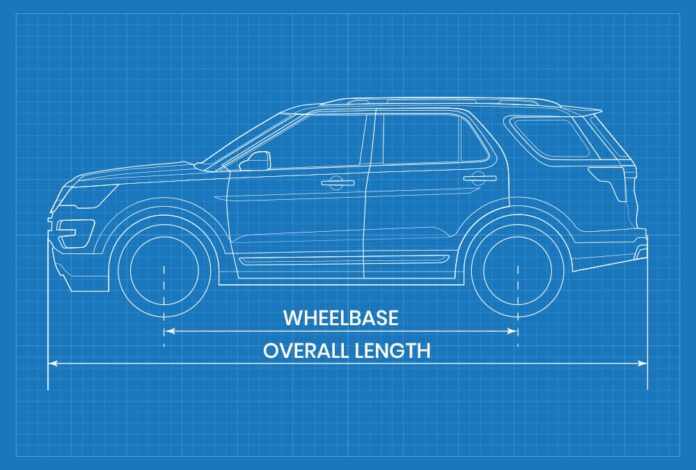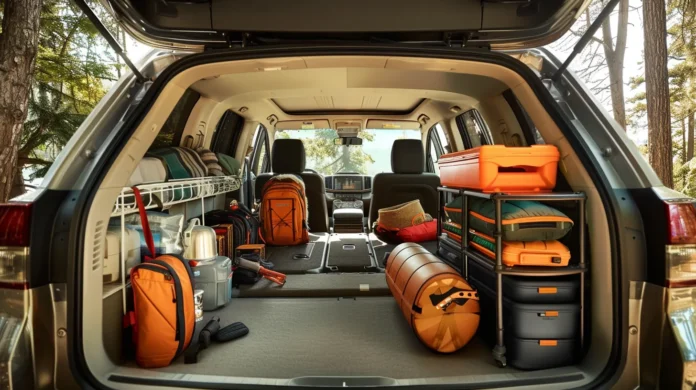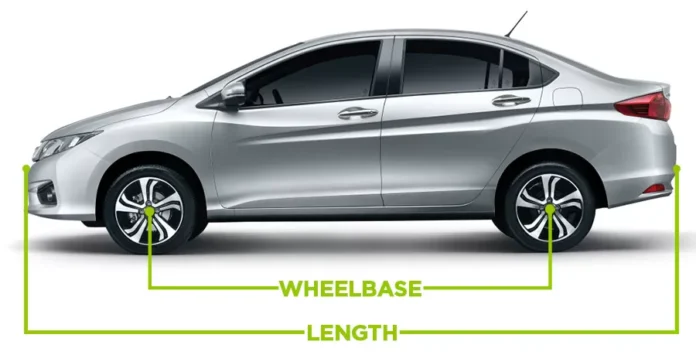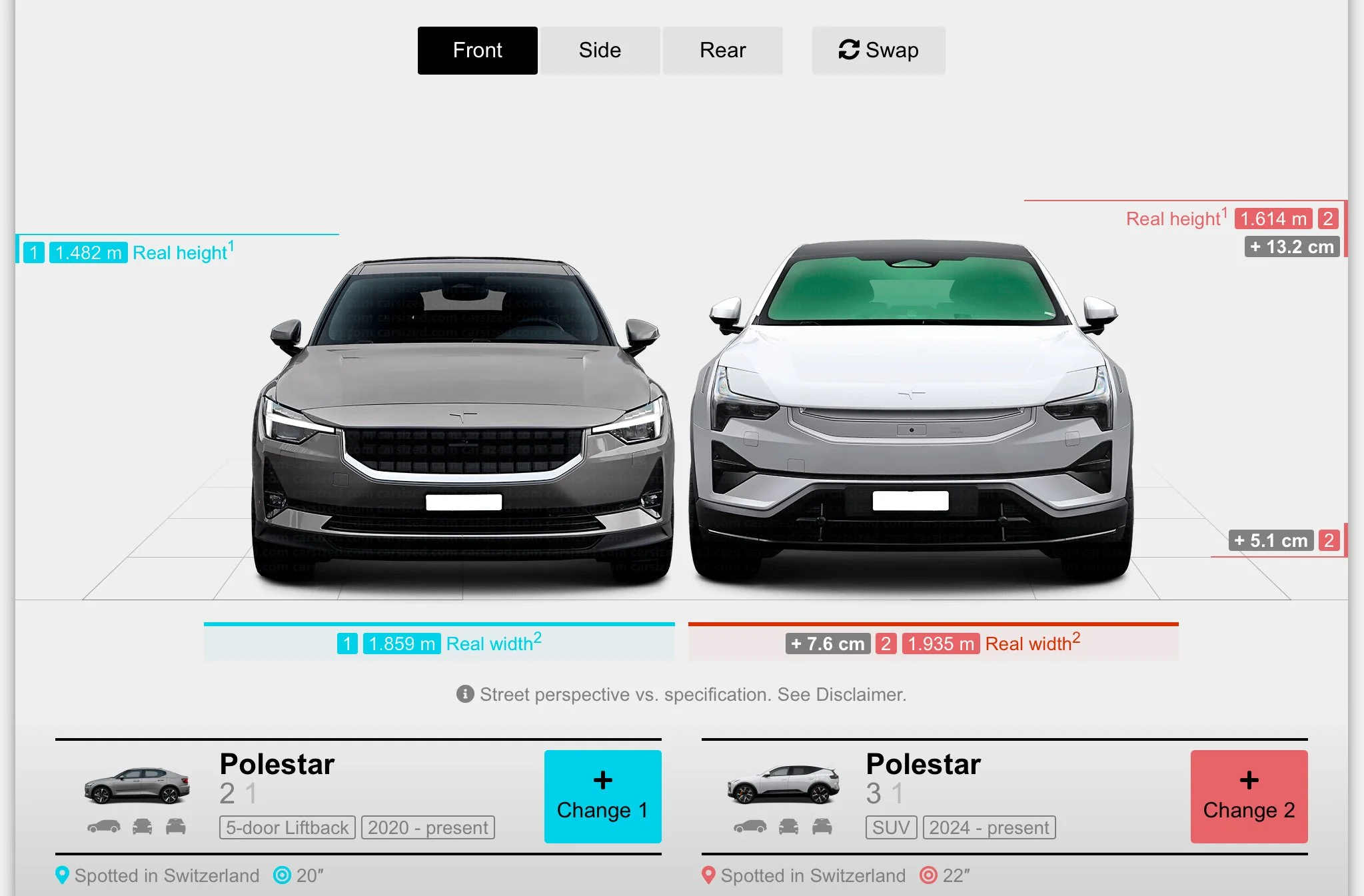Car measurements shape more than how a vehicle looks; they define how it fits your lifestyle.
It doesn’t matter if you’re comparing hatchbacks, SUVs, or sedans; knowing the key dimensions helps you choose a car that feels right on the road and in your driveway.
Why Car Dimensions Matter

Measurements aren’t just technical numbers on a spec sheet. They influence how a car handles corners, fits into tight parking spaces, and accommodates passengers or cargo. Even a few centimeters can make a noticeable difference in visibility, comfort, and practicality.
Drivers often focus on horsepower or design, but true satisfaction usually comes down to proportions. A car that’s too wide can feel stressful in city traffic, while one that’s too long might be a nightmare to park daily.
You can explore real measurement charts for popular cars on vehiclesizes.com to see how each dimension impacts driving comfort.
Key Measurements Explained
Let’s break down the most important car measurements you’ll see when comparing models.
Overall Length

Length affects maneuverability and parking ease. Longer vehicles typically offer more cargo space and a smoother ride, while shorter ones are easier to handle in urban areas.
| Vehicle Type | Average Length | Example Use |
| City Car | 3.6 – 4.0 m | Tight city driving |
| Sedan | 4.5 – 4.9 m | Balanced comfort and space |
| SUV | 4.6 – 5.0+ m | Family trips and cargo |
Width
Width determines interior roominess and stability. However, wider vehicles can struggle with narrow streets and compact garages.
- Narrower cars (around 1.7 m) are easier to park but may feel tight inside.
- Wider cars (1.9 m or more) offer greater shoulder room and stability on highways.
Height
Height contributes to comfort and road visibility. SUVs and crossovers offer a higher seating position, giving drivers a better view of the road, while sedans and coupes sit lower for a sportier feel.
| Type | Average Height | Driving Feel |
| Sedan | 1.4 – 1.5 m | Low, stable ride |
| SUV | 1.6 – 1.8 m | Commanding view |
| Van | 1.8 – 2.0 m | High ceiling, easy entry |
Wheelbase

The wheelbase is the distance between the front and rear wheels. It plays a key role in how a car handles bumps and corners.
- Longer wheelbase: smoother ride, more rear-seat space.
- Shorter wheelbase: sharper turning, more agile handling.
Ground Clearance
Ground clearance decides how easily your car handles rough roads or curbs.
- Sedans usually sit around 130–150 mm.
- SUVs range from 180–220 mm for better off-road capability.
Cargo Volume
Cargo space varies drastically between body styles. Always check whether the quoted volume includes seats folded or upright, as that can skew comparisons.
| Body Style | Typical Trunk Capacity |
| Hatchback | 250–400 L |
| Sedan | 400–500 L |
| SUV | 500–700+ L |
Practical Comparison Tips
When comparing cars, look beyond numbers alone. Measurements only make sense in context.
- Check how the car feels inside. Sit in the back seat, test the headroom, and open the trunk.
- Measure your garage or parking space before committing to a long vehicle.
- Consider visibility. Taller cars make driving easier for shorter drivers, while lower models can feel more aerodynamic and stable.
- Account for regional differences. European streets tend to favor smaller cars, while North American models lean toward larger builds.
The Bottom Line
Comparing car measurements helps you match numbers to real-world comfort. The key isn’t to chase the biggest or smallest dimensions, but to find the proportions that fit your driving habits, environment, and personal comfort. Once you do, every trip feels easier, from parking lots to long highway drives.







